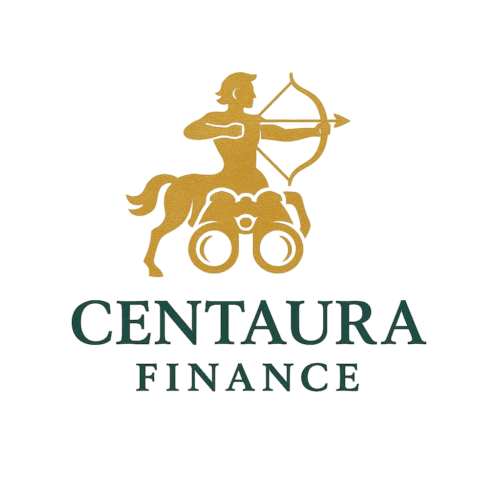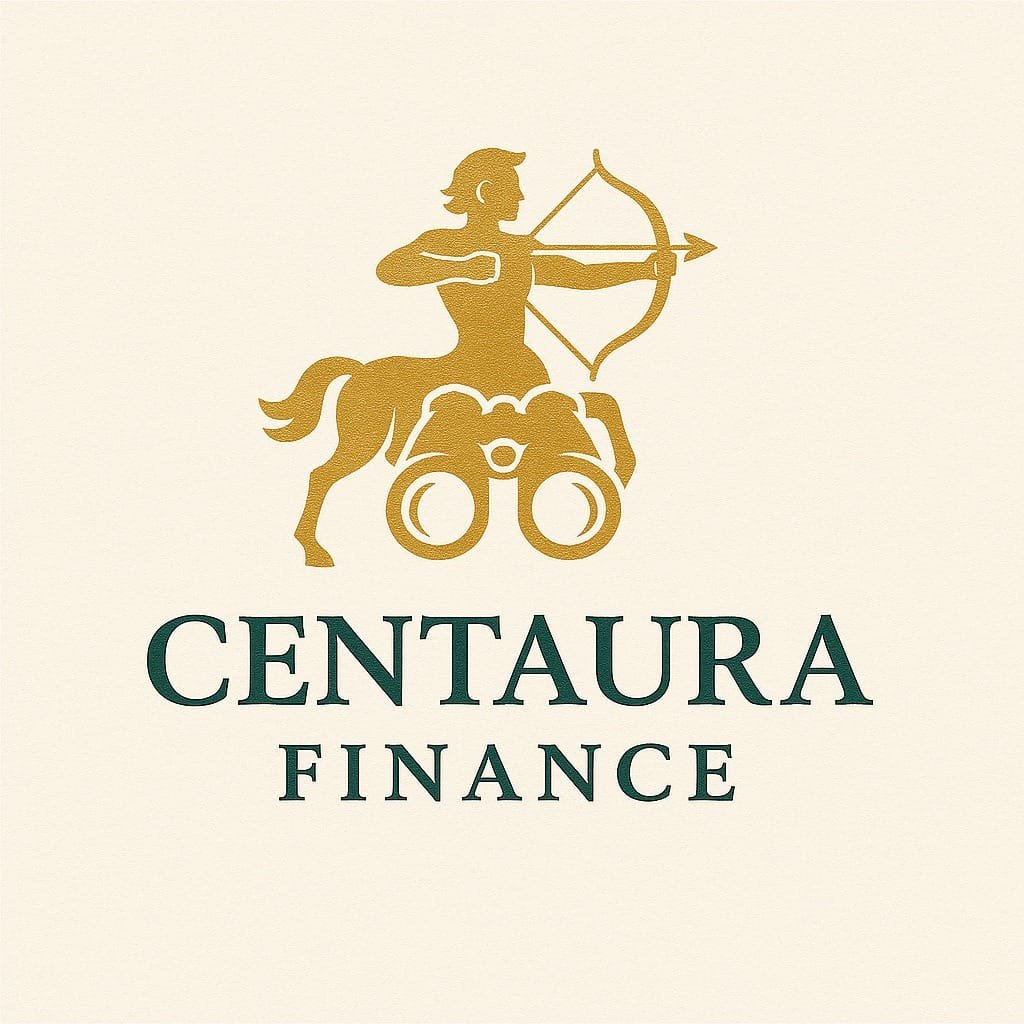Picture this: You need $10,000 for your small business, a medical emergency, or even to consolidate debt. You think, “Should I go to the bank? Or try one of those peer-to-peer lending platforms I keep hearing about?”
That question is more common now than ever. In 2025, Americans are exploring more borrowing options beyond the bank. With the rise of fintech platforms and alternative finance, the choice between peer-to-peer (P2P) lending and traditional loans isn’t just about money—it’s about trust, speed, flexibility, and control.
This guide breaks it all down in plain English. We’ll walk you through how each works, their pros and cons, and help you figure out which one might fit your situation best.
What Is Peer-to-Peer (P2P) Lending?
Peer-to-peer lending connects borrowers directly to individual investors through online platforms. Instead of going to a bank, you’re borrowing from real people who want to grow their money by lending it to others.
How it works:
- You sign up on a P2P lending site like LendingClub or Prosper.
- Fill out an application just like you would with a bank.
- If approved, your loan request is posted on the platform.
- Individual investors choose to fund your loan (either fully or partially).
- You repay the loan monthly, and the investors earn interest.
It sounds a little like crowdfunding, but with a repayment plan and interest. Some people even feel better borrowing from a community instead of a big institution.
What Are Traditional Loans?
Traditional loans come from banks, credit unions, or financial institutions. You borrow money and agree to repay it over time, with interest.
Examples include:
- Personal loans from your bank
- Auto loans
- Mortgages
- Credit union loans
Banks typically offer structured lending, with fixed terms and standardized interest rates based on your credit profile. There’s a familiar routine: visit a branch (or go online), fill out forms, wait for approval, and then receive funds.
Peer-to-Peer Lending: Pros
1. Easier Approval for Some Borrowers
If your credit score isn’t perfect, P2P platforms might give you a shot when traditional banks won’t. Many platforms consider more than just credit history.
2. Faster Application Process
Most P2P platforms have a fully online process. Approvals and funding often happen within a few days, much faster than banks.
3. More Personalized Loan Terms
Because investors choose to fund you, platforms can offer flexible loan terms. Some borrowers feel like they get a fairer deal this way.
4. Competitive Interest Rates
Borrowers with good credit sometimes get better rates than banks offer. This is because the middleman (the bank) is cut out.
5. Human Connection
For some, knowing the money comes from real people makes it feel more collaborative. It’s not just a cold transaction.
Peer-to-Peer Lending: Cons
1. Not All Platforms Are Equal
There are risks of choosing shady platforms. Some may not have strong consumer protections. Doing your research is non-negotiable.
2. Higher Rates for Low Credit Scores
If your credit score is poor, P2P rates might be even higher than traditional loans. The platform sees you as a bigger risk.
3. Limited Loan Amounts
Most P2P loans cap out at $40,000 or $50,000. That might be too low if you’re starting a business or need a large loan.
4. Investor Rejection
Just because the platform approves you doesn’t mean you’ll get fully funded. If investors aren’t interested, your loan might fall through.
5. No Relationship Banking
There’s no personal banker to call. If you like building a relationship with your bank for future services, P2P might feel impersonal.
Traditional Loans: Pros
1. Stability and Regulation
Banks are highly regulated and offer protections. If you value financial stability, this is a big deal.
2. Higher Loan Limits
Need $100K or more? Banks have the resources. This is especially true for mortgages, home equity loans, or large business loans.
3. Relationship Benefits
Long-term customers often get better deals or faster service. Some banks also offer bundled services and rewards.
4. Structured Repayment Plans
Traditional loans come with well-defined terms and conditions. That predictability can be comforting.
5. Lower Rates for Strong Credit
If you have excellent credit, banks often offer low interest rates, especially on secured loans.
Traditional Loans: Cons
1. Slower Approval Times
Even in 2025, banks are still known for paperwork and waiting. If you’re in a rush, it can feel like forever.
2. Strict Credit Requirements
One missed bill a few years ago? That could tank your chances. Banks have tighter filters.
3. Less Flexibility
Banks usually don’t budge on repayment terms. You’re either in or out.
4. More Red Tape
Documentation, credit checks, and sometimes even collateral. The process can feel overwhelming.
5. Potential Fees
Origination fees, late fees, service charges—banks are known for stacking on extras.
Real-Life Example: Meet Sarah and Jake
Sarah had an emergency surgery and needed $12,000 fast. Her credit wasn’t bad, but not bank-perfect. She tried LendingClub and got fully funded within 3 days. Her repayment started the next month, and while the interest was higher than a personal bank loan, the speed and ease were worth it.
Jake, on the other hand, was opening a small gym. He needed $90,000. After trying a few P2P platforms, he couldn’t raise enough. He went to his long-time credit union, secured a business loan, and even got a lower rate thanks to his banking history.
Both made the right call, based on what they needed.
When to Choose Peer-to-Peer Lending
- You need money quickly.
- You have fair credit but still want decent terms.
- You want to avoid dealing with banks.
- You’re borrowing smaller amounts (under $50K).
- You’re comfortable with online-only processes.
When to Choose Traditional Loans
- You need a large amount of money.
- You have excellent credit and want low rates.
- You prefer working with an institution you trust.
- You like having a relationship with your bank.
- You want the security of federal protections.
So, Which One Is Better?
The truth is, neither option is better for everyone. It depends on your credit score, loan amount, urgency, and personal comfort level. Some folks love the freedom and speed of P2P lending. Others prefer the stability and trust of a traditional bank.
What matters most is this: you have options. Ten years ago, borrowing was a closed door for many people. Today, technology and innovation are making money more accessible.
That freedom to choose? It’s powerful.
Final Thoughts: What Feels Right for You?
Ask yourself these questions:
- How fast do I need the money?
- How much do I need?
- What’s my credit situation?
- Do I trust online platforms?
- Am I comfortable dealing with people vs. institutions?
Financial choices aren’t just about rates. They’re about peace of mind.
Whether you go with a traditional loan or try peer-to-peer lending, make sure you understand what you’re signing up for. Read the fine print. Check the reviews. Ask questions.
Money doesn’t have to be scary. You need the right guide. Hopefully, this helped light the path.


